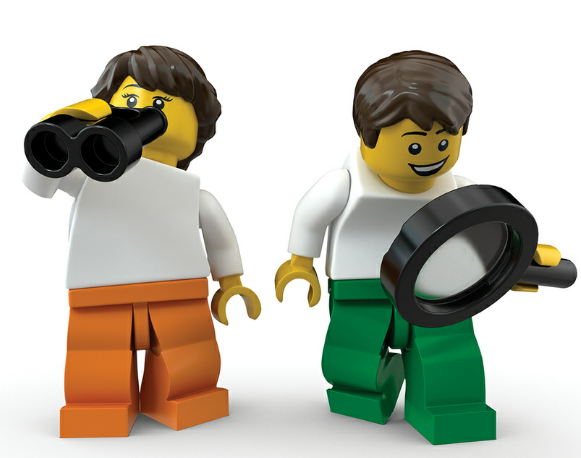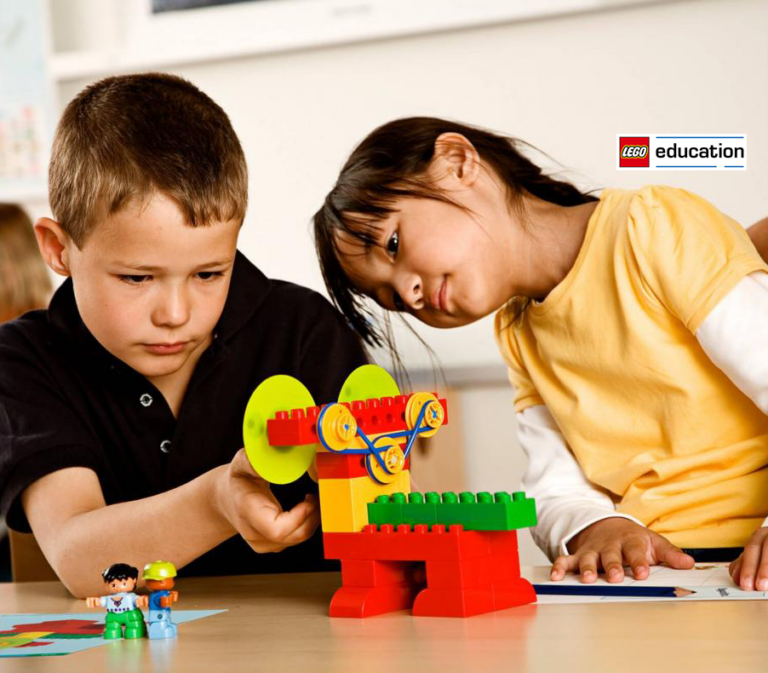CONNECT
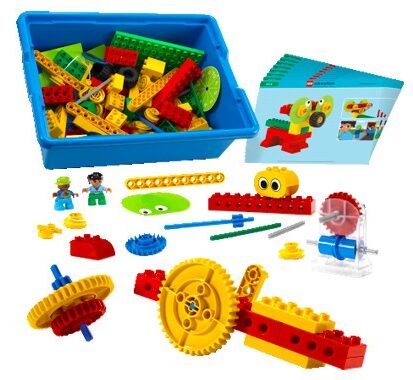
In educational robotics classes, in addition to building prototypes, fun is also guaranteed.
In today’s class, more components will be presented with the LEGO® EDUCATION Simple Machines 9656 Technology Kit, which will be necessary to carry out the 2nd project.
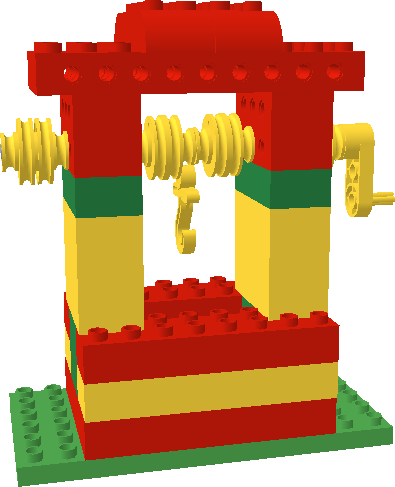 In everyday life, several tools are used and each of them has a different technology: washing machine, credit card, remote control, cell phone, etc.
In everyday life, several tools are used and each of them has a different technology: washing machine, credit card, remote control, cell phone, etc.
To develop new technologies, it is necessary to understand some basic technological concepts, which are found in countless pieces of equipment, and that is why they are so important.
By understanding how this equipment works, it will be simpler to use them and find creative solutions for projects.
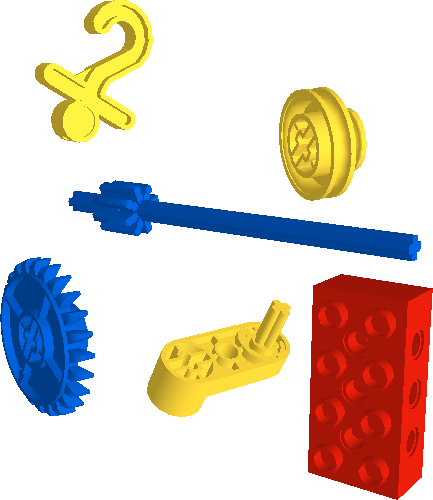 NEW TECHNOLOGICAL CONCEPTS
NEW TECHNOLOGICAL CONCEPTS
•Lever
•Reduction Box
•Gear
•Structure
•Pulley
•Wheel
•Axle
STRUCTURES
All structures are under the influence of external forces – such as wind or rain on the roof of a house or the weight of trucks passing over a bridge – and internal, such as the weight of the structure itself or the material with which it was built.
NON ARTICULATED STRUCTURES x ARTICULATED STRUCTURES
Articulated are those in which there is a connection that allows the elements connected by it to move. Non-articulated structures, as the name suggests, are structures that do not have any articulation.
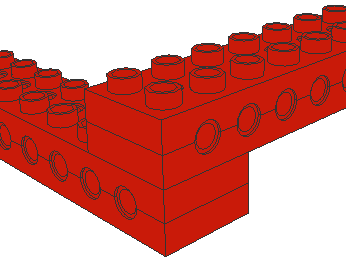
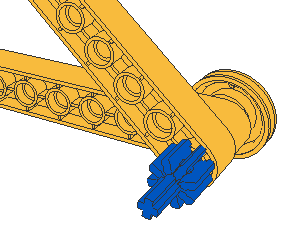
WHEELS AND AXLES
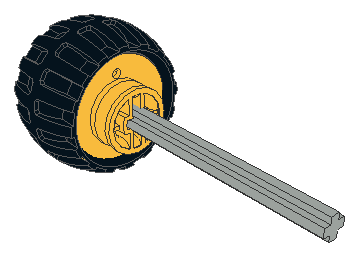 Wheels are circular objects that facilitate the transport of loads. Axles are cylindrical objects, generally smaller in diameter than the wheels, that connect the wheels. Therefore, both always rotate at the same speed.
Wheels are circular objects that facilitate the transport of loads. Axles are cylindrical objects, generally smaller in diameter than the wheels, that connect the wheels. Therefore, both always rotate at the same speed.
When trying to push a large box, the effort used is much greater. But, by placing cylindrical objects underneath it, such as tree trunks or broomsticks, the friction area will decrease and the effort required to move it will be much less.
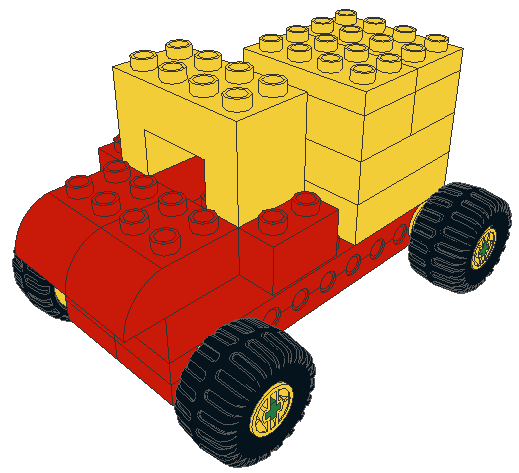
The same happens with a vehicle that uses wheels, it is much easier to move it because of them. Another characteristic of wheels and axles is to transform the circular movement of the wheels into linear movement when in contact with a surface.
GEARS
They are wheels with teeth, which fit together with the aim of transmitting movement and force between them with great efficiency.
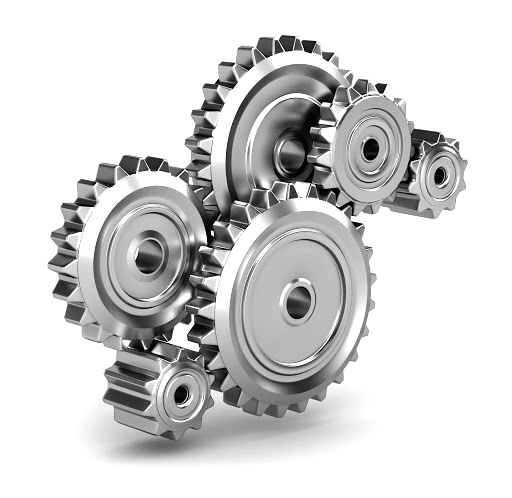
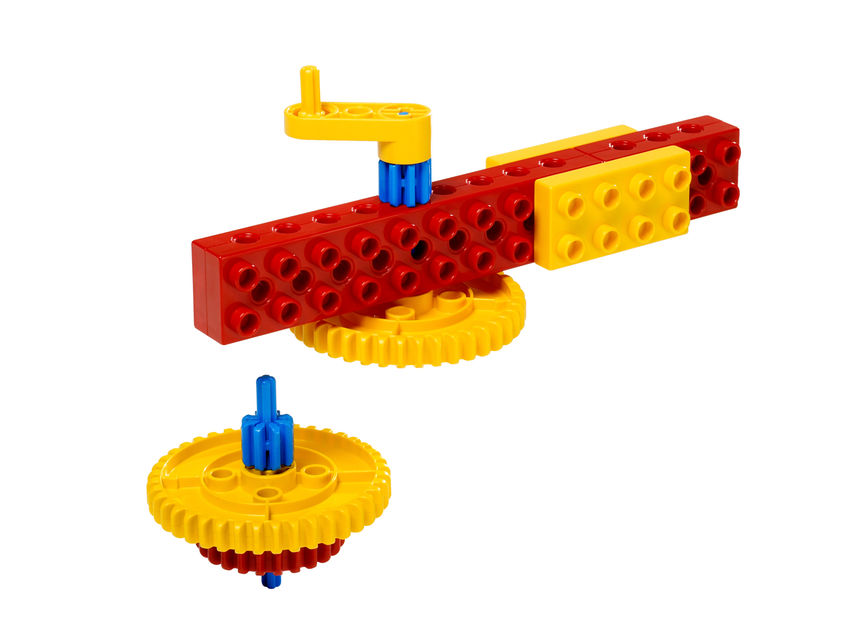
When two gears are connected and one of them is moved, either manually or with a motor, it is called a driving or input gear. And the one that is moved is called output gear.
PULLEYS
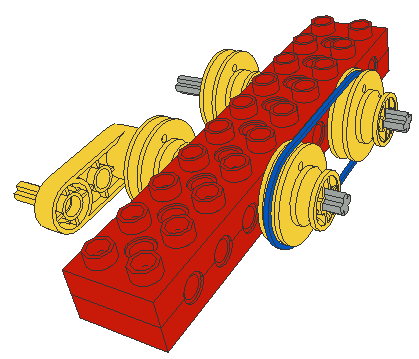
It is basically a wheel with a channel into which a belt is fitted. It is used to transmit movement.
When two pulleys are connected by a belt, the one that receives the initial motion is called the “input pulley” and the one that is moved from that motion is called the “output pulley.”
REDUCTION BOX
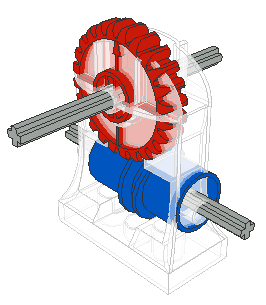 It is a set of gears that reduces the final speed to increase the rotational movement of a body. It uses two technological concepts: worm (screw) and gears.
It is a set of gears that reduces the final speed to increase the rotational movement of a body. It uses two technological concepts: worm (screw) and gears.
The force input always occurs on the worm screw, and the movement output is always on the shaft connected to the gear.
The reduction box is used in machines, cranes, large gates or mechanisms that have to exert a large force at the end of the process.
LEVERS
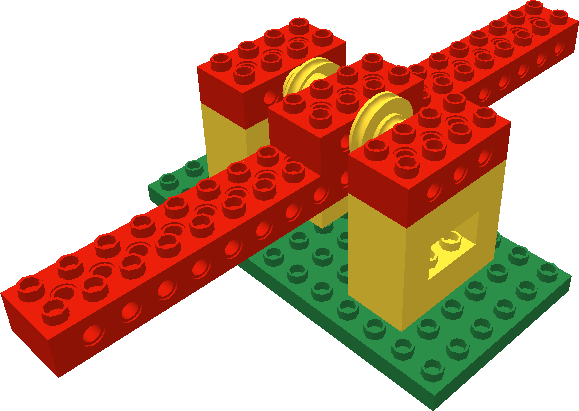
They are simple machines used to multiply the force applied to an object.
They are classified into:
Interpotent – in case the force is between the load and the fulcrum. An example is the fishing rod.
Inter-resistant – when the load is between the fulcrum and the force. An example is the wheelbarrow.
Interfixed – is one in which the support point is between the force and the load. An example of this is the seesaw.
ACTIVITY PROPOSAL
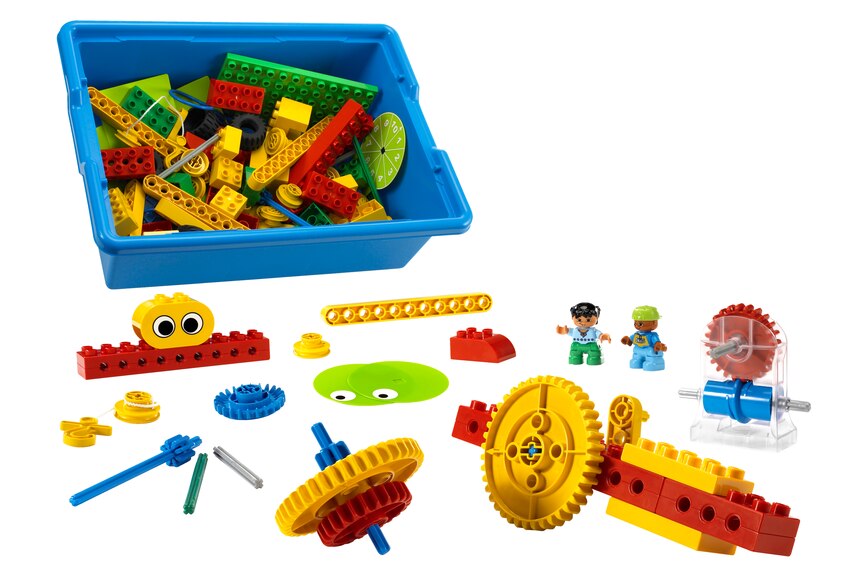 Now, the 2nd project will begin with the LEGO® EDUCATION Simple Machines Technology Kit.
Now, the 2nd project will begin with the LEGO® EDUCATION Simple Machines Technology Kit.
Just follow the guidelines to complete the challenge of the day:
• Use all parts in the kit.
• Build a firm prototype that won’t fall.
• Ensure that the construction must represent a TOWER.
• Compare the sizes of buildings. The team that builds the biggest tower will win.
GOOD JOB
